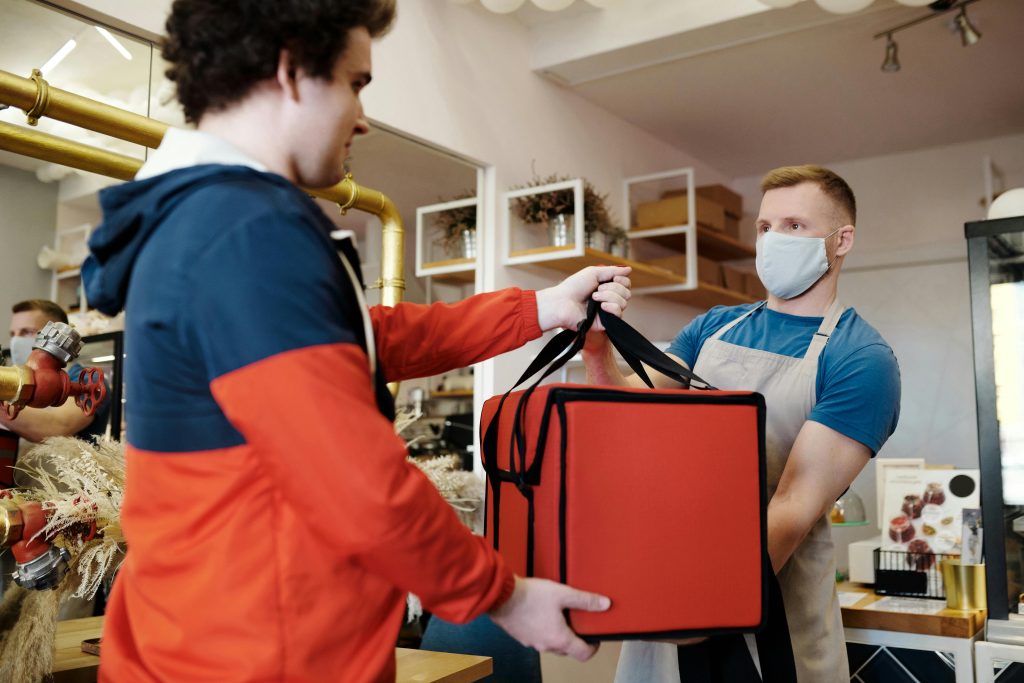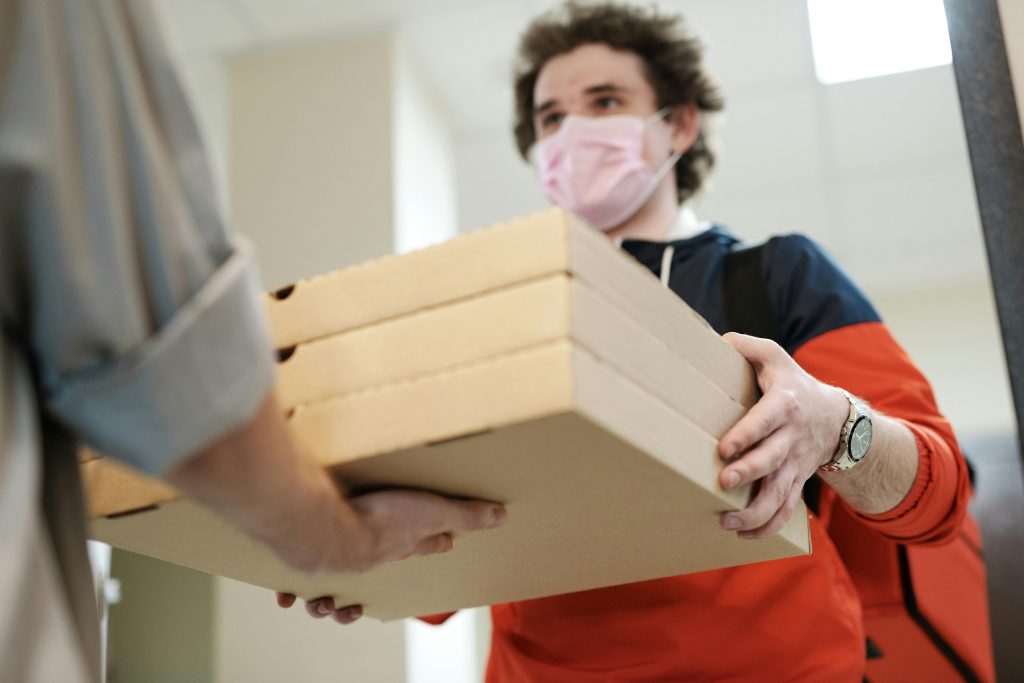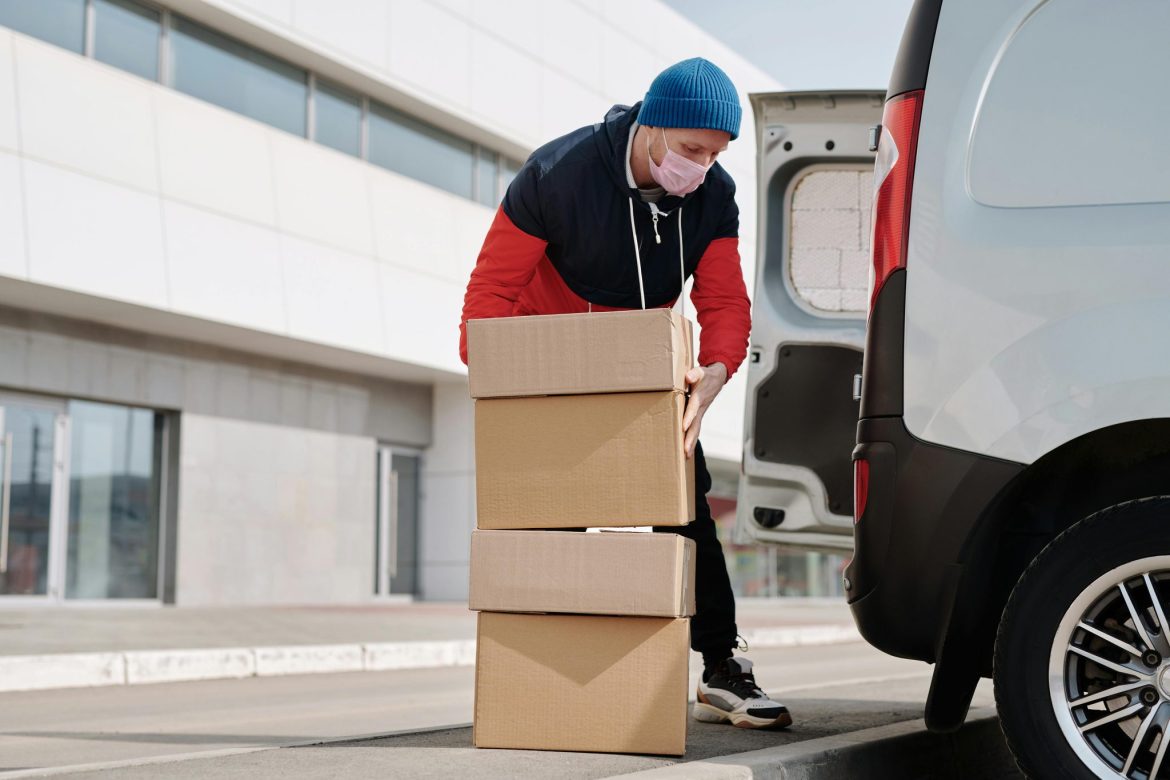Table of Contents
Fast delivery has completely changed the retail and e-commerce industries, changing what customers expect and forcing logistics networks to be more creative and efficient. The development, effects, technologies, difficulties, and prospects of fast delivery services around the world are examined in this article.

Evolution of Fast Delivery
1. Early Beginnings: From basic parcel delivery to expedited shipping options provided by retailers and logistics providers, fast delivery services have their origins in mail-order catalogs and early courier services.
2. Ecommerce Revolution: The rise of ecommerce giants like Amazon and Alibaba accelerated the demand for fast delivery, prompting retailers to offer same-day, next-day, and express delivery options to compete in the digital marketplace.
Impact on Consumer Behavior
1. Convenience and Expectations: Fast delivery has come to be associated with convenience, enabling customers to receive goods in a timely and effective manner, which influences their decisions to buy and their loyalty to a brand.
2. On-Demand Culture: Fast delivery services and the on-demand economy have changed how consumers behave, with demands for seamless shopping experiences and immediate gratification fueling the need for quicker shipping options.

Technologies Driving Fast Delivery
1. Logistics Automation: Robotics, AI-powered algorithms, and automated warehouses maximize inventory control, order fulfillment, and last-mile delivery while cutting down on processing times.
2. Delivery Drones and Autonomous Vehicles: Emerging technologies such as delivery drones and autonomous vehicles promise faster, cost-effective delivery solutions, overcoming traffic congestion and geographical barriers.
Challenges in Fast Delivery
1. Logistics Complexity: Managing supply chains, navigating regulatory obstacles, and overcoming infrastructure constraints are all necessary to coordinate quick delivery over large geographic areas.
2. Last-Mile Efficiency: Last-mile delivery is still a difficult task that requires juggling cost-effectiveness, speed, route optimization, urban traffic, and environmental sustainability issues.

Innovations and Solutions
1. Hyperlocal Delivery: By lowering transit times and improving customer satisfaction through proximity-based fulfillment, partnerships with nearby retailers and micro-fulfillment centers make it possible for hyperlocal delivery.
2. Predictive Analytics: To optimize operations and satisfy expectations for quick delivery, advanced data analytics and machine learning forecast customer demand, optimize inventory levels, and forecast delivery routes.
Future Trends in Fast Delivery
1. Instant Delivery: Using real-time data and sophisticated logistics networks, the emergence of instant delivery services promises almost instantaneous order fulfillment in a matter of hours or even minutes.
2. Sustainable Practices: Adoption of eco-friendly packaging, electric vehicles, and green logistics initiatives aim to reduce carbon footprint and promote sustainability in fast delivery operations.
Conclusion
In the digital age, quick delivery has changed logistics operations, supply chain dynamics, and customer expectations, influencing how retail and e-commerce will develop in the future. The competition to provide faster, more effective delivery services will spur innovation, investment, and cooperation throughout the global logistics ecosystem as technology develops and customer needs change.


